EDGE™ (Epitope Discovery for GEnomes)
The first platform of our immunotherapy is our understanding of antigens and neoantigens, and specifically which ones will be transcribed, translated, processed and presented on a cell surface by human leukocyte antigen (HLA) molecules; and therefore will be visible to T cells. We accomplish this through our proprietary artificial intelligence-based platform, EDGE™ (Epitope Discovery for GEnomes).
Developing cancer immunotherapies that include tumor-specific neoantigens presents a challenge due to their nature – tumors typically have hundreds of mutations, but only a small percentage of those mutations result in true tumor-specific neoantigens that are leverageable. To address this challenge, we trained EDGE’s novel integrated neural network model architecture with millions of datapoints from hundreds of tumor and normal tissue samples from patients of various ancestries. This enables us to use sequence data from a patient’s routine biopsy to predict which mutations will generate tumor-specific neoantigens most likely to be presented on the tumor cell surface by the HLA. EDGE has shown a significant improvement in accuracy for predicting tumor presented peptides in comparison with publicly available approaches. We believe that mutations selected by our EDGE platform have a much higher likelihood of being useful targets for immunization than mutations selected using previous methods.
Vaccines against viruses ideally generate both neutralizing antibody responses to whole proteins on the virus surface, and also T cell responses to the short fragments of viral proteins which are displayed on the surface of virus-infected cells (once inside a cell, a virus is invisible to antibodies which operate outside the cell). All viral proteins are foreign to the human immune system, but only short fragments of proteins (called peptides) are displayed on the cell surface by HLA and visible to T cells. The specific fragments presented will vary between subjects depending upon the HLA type of the subject (conceptually similar to someone’s blood type but more complex). Identification of key viral protein fragments that can drive strong T cell responses is an output of Gritstone’s EDGE platform.

